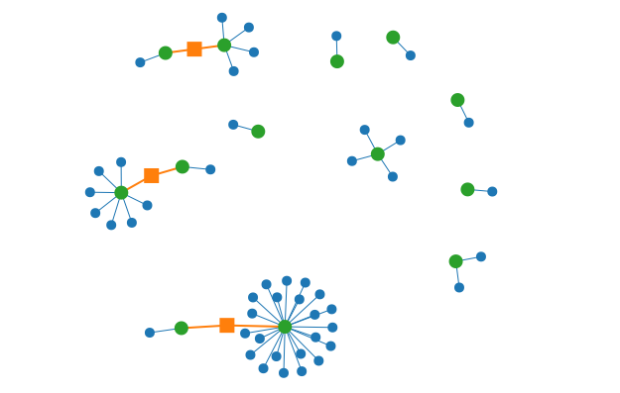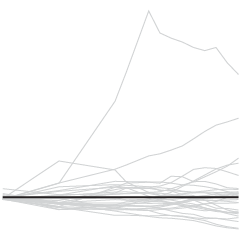When you use the same password for every online account, there could be trouble down the line if one of those sites was breached. You gotta mix it up these days. As part of their Watchdog initiative, Mozilla released an add-on to help you see how you’re reusing passwords, and to hopefully keep your personal information secure.
Ever been told not to reuse the same password across different websites? With this add-on, you can visualize your passwords and the sites you use them on. By looking at this visualization, you can get a quick idea of which passwords you’ve been using the most, and the kinds of sites you’re using them on. As you continue to change your passwords and update your password manager, the picture will improve!
Personally, I don’t save any of my passwords. The risk of my computer getting stolen and some random person gaining access to my online accounts is too much for me to handle. Of course as a result, I have to put up with the craptastic experience of trying to remember passwords with a variable number of capital letters, symbols, and digits.
[Mozilla]




 Taking the next step in the Wolfram|Alpha experiment, Wolfram
Taking the next step in the Wolfram|Alpha experiment, Wolfram 
 Visualize This: The FlowingData Guide to Design, Visualization, and Statistics (2nd Edition)
Visualize This: The FlowingData Guide to Design, Visualization, and Statistics (2nd Edition)










